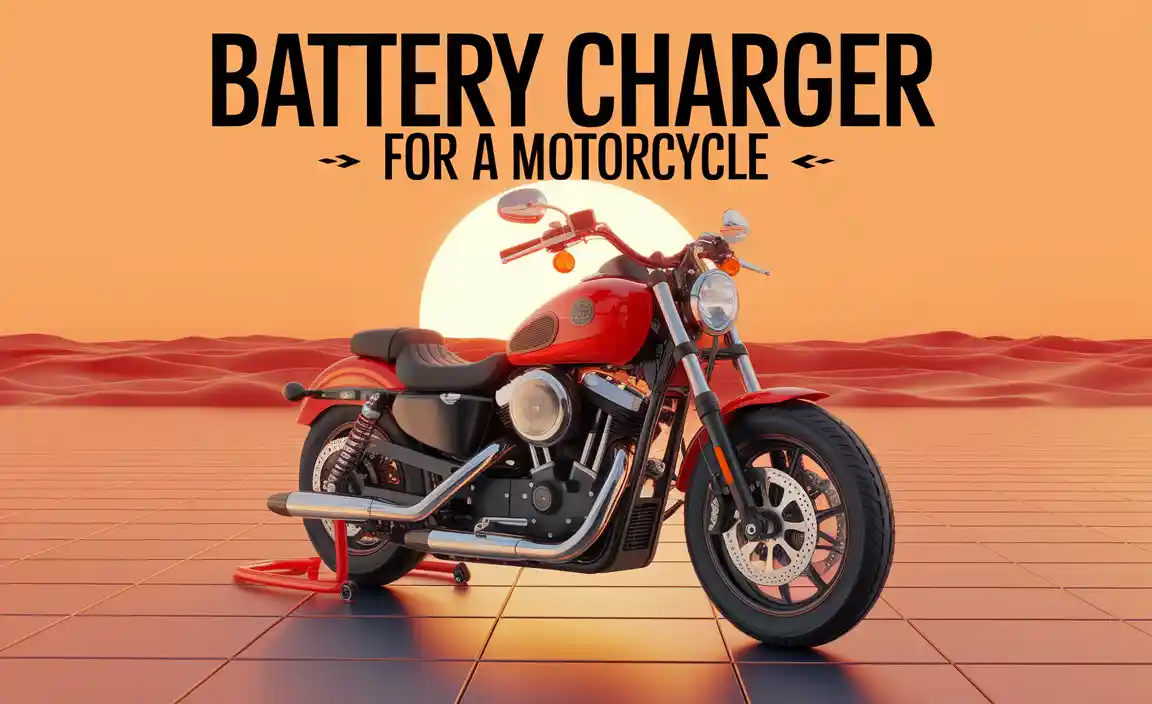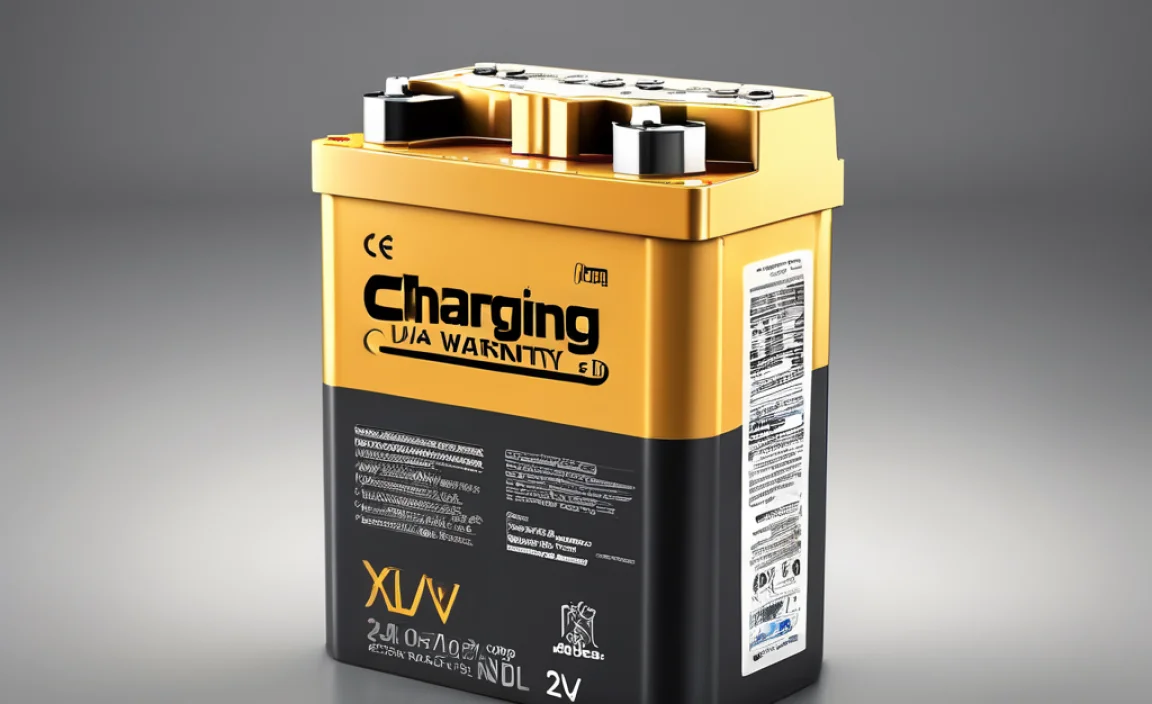Transforming your bathroom into a safe, accessible, and comfortable space for individuals with disabilities is achievable with simple, smart adaptations. This guide provides clear, practical steps to create an inclusive bathroom environment, emphasizing ease of use and independence for everyone. Let’s make your bathroom work better for you.
Making a bathroom more accessible might sound like a big job, but it doesn’t have to be. Many people worry about the cost and complexity, but with a few thoughtful changes, you can make a huge difference. This guide is here to show you exactly how. We’ll break down everything step-by-step, making it easy to understand and follow. Our goal is to help you create a bathroom that’s not just functional, but truly comfortable and safe for everyone who uses it. Ready to learn how to make your bathroom a more welcoming space?
Why Bathroom Adaptations Matter
Bathrooms are often one of the most challenging rooms for people with disabilities. Simple tasks like reaching, gripping, or moving around can become difficult or even dangerous. Adaptations aren’t just about making things easier; they’re about promoting independence, dignity, and safety. When a bathroom is designed with accessibility in mind, it allows individuals to manage their personal care routines with less assistance, fostering a greater sense of self-reliance and well-being. It also helps reduce the risk of falls and injuries, which are unfortunately common in environments not suited for specific needs.
Consider the peace of mind that comes with knowing a loved one can safely navigate their bathroom independently. This isn’t just a matter of convenience; it’s about quality of life. By understanding the common challenges and the solutions available, you can make informed decisions that best suit the needs of the individuals in your home. This guide will walk you through the essential elements of creating an accessible bathroom, from simple fixes to more involved renovations.
Key Areas for Bathroom Adaptations
When we talk about adapting a bathroom, we’re looking at several key areas. Each part of the bathroom plays a role in its overall accessibility. Focusing on these specific zones will help us cover all the bases to create a truly useful space.
1. Entryway and Doorways
The first hurdle is often getting into the bathroom itself. Narrow doorways can be a significant barrier. Making sure the entrance is wide enough is crucial.
- Door Width: Standard doorways can be too narrow for wheelchairs or mobility aids. Aim for a minimum clear opening width of 32 inches (about 81 cm). In some cases, replacing a standard door with a wider one or a pocket door that slides into the wall can be the best solution.
- Door Handles: Lever-style door handles are much easier to operate than round knobs, especially for those with arthritis or limited hand strength.
- Thresholds: Remove or reduce any raised thresholds at the doorway to prevent tripping hazards and allow for smooth passage of wheelchairs.
2. Flooring
The floor surface is critical for safety, especially in a wet environment like a bathroom. A slippery floor is a recipe for disaster.
- Non-Slip Surfaces: Opt for non-slip tiles or vinyl flooring. Textured surfaces provide better grip than smooth, shiny ones. Even adding non-slip mats can make a big difference.
- Level Flooring: Ensure the floor is as level as possible. Avoid sudden changes in height or uneven surfaces that could cause someone to stumble.
- Drainage: Proper bathroom drainage is essential to prevent standing water, which can make floors more slippery.
3. Toilets
The toilet is a central piece of bathroom equipment, and adapting it can greatly improve independence.
- Height: Standard toilets are often too low. A comfort-height toilet, which is several inches taller, makes sitting down and standing up much easier. Alternatively, toilet seat risers can be a cost-effective solution.
- Grab Bars: Installing grab bars around the toilet is one of the most effective safety measures. These provide support when lowering and raising oneself. They should be sturdy and professionally installed.
- Bidet Seats: For enhanced hygiene and independence, consider a bidet toilet seat. These can reduce the need for manual wiping and are available with various features like heated seats and warm water.
4. Showers and Bathtubs
These are often the riskiest areas due to water and the need for balance.
- Walk-In Tubs: These tubs have a watertight door, allowing easy entry without stepping over a high rim. They are a good option for those who still enjoy bathing but struggle with traditional tubs.
- Roll-In Showers: The ultimate in accessibility, a roll-in shower has no curb and a sloped floor for drainage. This allows a wheelchair to roll directly into the shower.
- Shower Seats: A wall-mounted or portable shower seat provides a safe place to sit while showering, reducing fatigue and the risk of falls.
- Handheld Showerheads: These are adjustable, making it easier to wash while seated and to control the water flow.
- Grab Bars: As with toilets, grab bars are essential in showers and tubs for support and stability.
5. Sinks and Vanities
Reaching and using the sink comfortably is another important consideration.
- Clearance: Ensure there is enough knee clearance under the sink for someone using a wheelchair. This means having a wall-mounted sink or a vanity with an open base, rather than one with cabinets that extend to the floor.
- Faucets: Lever-style or sensor-activated faucets are easier to use than knobs.
- Height: Adjusting the sink height or using a pedestal sink can make it more accessible.
6. Lighting and Accessories
Don’t forget the details that can affect overall usability and safety.
- Lighting: Good lighting is essential to reduce shadows and improve visibility. Consider motion-sensor lights for nighttime trips to the bathroom.
- Accessible Storage: Shelving and cabinets should be placed at easy-to-reach heights.
- Emergency Alert Systems: For individuals living alone or those with significant mobility issues, a pull-cord or waterproof button for an emergency alert system can provide crucial safety.
Step-by-Step Guide to Planning Your Bathroom Adaptations
Planning is key to a successful bathroom adaptation project. Rushing the process can lead to costly mistakes. Here’s a structured approach to help you get it right, whether you’re making minor adjustments or undertaking a major renovation.
Step 1: Assess Needs
Before you buy anything, clearly identify the specific needs of the person who will use the adapted bathroom. Think about:
- What are the main challenges? (e.g., difficulty standing, balance issues, wheelchair use, limited reach).
- What tasks are difficult or impossible now?
- What level of independence is the goal?
- Are there any specific medical conditions to consider?
Talking to occupational therapists or accessibility consultants can provide expert insights. Organizations like the CDC offer resources on home modifications that can be a valuable starting point.
Step 2: Measure Your Space
Accurate measurements are critical. Measure doorways, the bathroom floor area, and the space around existing fixtures. This will help you determine:
- If a larger doorway is feasible.
- The best placement for grab bars.
- If a particular type of shower or toilet will fit.
- The available space for maneuvering a wheelchair.
Step 3: Prioritize Adaptations on a Budget
Not everyone can do all the adaptations at once. Make a list of what’s most important for safety and independence. Often, the most impactful changes are:
- Installing grab bars.
- Adding non-slip flooring or mats.
- Adjusting toilet height.
- Ensuring good lighting.
Small, affordable changes can make a significant immediate difference.
Step 4: Research Products and Solutions
Once you know what you need, start looking for products. Read reviews, compare prices, and consider the quality and durability of items like grab bars, shower chairs, and accessible faucets. Websites of reputable suppliers often provide detailed specifications and installation guides.
Step 5: Consider Professional Help
While some adaptations are DIY-friendly, others, especially those involving structural changes or complex plumbing, are best left to professionals. Installing grab bars, for instance, requires them to be securely anchored into wall studs for safety. A qualified contractor experienced in accessible renovations can ensure work is done correctly and to code. For more information on hiring contractors, the National Association of Home Builders provides resources on accessible design.
Step 6: Installation
If you’re handling some installations yourself, follow product instructions carefully. For professional installations, schedule the work and be present to ask questions and ensure everything is installed as planned. Safety is paramount here – make sure all grab bars and support structures are load-bearing and securely fixed.
Step 7: Review and Adjust
After the adaptations are complete, have the primary user test everything. Encourage feedback. Sometimes, small adjustments are needed to optimize the accessibility. What works perfectly for one person might need a slight tweak for another.
DIY vs. Professional Installation: What’s Right for You?
Deciding whether to tackle bathroom adaptations yourself or hire a professional depends on your skills, the complexity of the job, and your budget.
DIY Adaptations
Pros:
- Cost savings on labor.
- Sense of accomplishment and control over the project.
- Ability to make changes more quickly on a small scale.
Cons:
- Requires tools, skills, and time.
- Risk of incorrect installation leading to safety hazards or damage.
- May not meet optimal standards for accessibility.
Good for: Installing non-slip mats, replacing a shower head, adding a portable shower stool, or installing some types of lever door handles.
Professional Adaptations
Pros:
- Expertise in accessibility standards and building codes.
- Proper installation ensures safety and durability.
- Handles complex tasks like widening doorways or installing a roll-in shower.
- Often necessary for structural modifications or significant plumbing work.
Cons:
- Higher overall cost due to labor charges.
- Requires scheduling and coordination.
- Can take longer depending on contractor availability.
Good for: Installing grab bars securely, modifying plumbing, widening doorways, creating roll-in showers, installing walk-in tubs, or major bathroom renovations.
A hybrid approach is also common. You might DIY smaller items and hire a professional for critical safety installations like grab bars or major structural changes.
Essential Tools and Materials for Bathroom Adaptations
Having the right tools and materials makes any adaptation smoother and safer. Even for simpler DIY projects, a few key items can be very helpful.
Basic Tools for Minor Adaptations:
- Tape Measure: For accurate measurements.
- Stud Finder: Crucial for securely mounting grab bars.
- Drill and Drill Bits: For making holes for mounting.
- Screwdriver Set: Both Phillips and flathead.
- Level: To ensure items are installed straight.
- Adjustable Wrench: Useful for plumbing fixtures.
- Caulking Gun and Caulk: For sealing around new fixtures.
- Safety Glasses and Gloves: Essential for personal protection.
Materials for Common Adaptations:
- Grab Bars: Stainless steel or other sturdy, corrosion-resistant materials. Look for options that can be screwed into studs.
- Non-Slip Mats or Tapes: For adding grip to floors and inside tubs/showers.
- Shower Chair or Stool: Portable or wall-mounted options.
- Handheld Showerhead and Hose: Easy to install.
- Toilet Seat Riser or Comfort-Height Toilet Bowl.
- Lever-style Door Handles.
- Good Quality Caulk and Sealant.
For more extensive renovations, you might need items like new flooring, drywall, lumber for framing, and specialized fixtures. Always choose materials that are suitable for wet environments and easy to clean.
Understanding Costs and Potential Funding
The cost of bathroom adaptations can vary widely. A few simple changes might cost only a few hundred dollars for materials, while a full renovation with a roll-in shower, new toilet, and vanity can run into thousands. Here’s a breakdown of cost factors:
Factors Influencing Cost:
- Scope of Work: Minor upgrades vs. major renovations.
- Materials and Fixtures: High-end fixtures cost more than basic ones.
- Labor Costs: Professional installation adds to the total.
- Structural Changes: Widening doorways or moving plumbing is more expensive.
Potential Funding and Assistance:
Depending on your circumstances, you might be able to get financial help:
- Government Programs: Local or national programs may offer grants or low-interest loans for home modifications for seniors or individuals with disabilities. Check with your local housing authority or Department of Health and Human Services.
- Veterans Affairs (VA): If you are a veteran, the VA may offer grants or benefits for home modifications.
- Homeowner’s Insurance: In some cases, if the need for adaptation arises from an accident covered by insurance, there might be a provision.
- Non-profit Organizations: Some charities and non-profits assist with home modifications.
- Health Insurance/Medicare/Medicaid: Consult with your provider; sometimes, medically necessary adaptations might be covered, especially if related to rehabilitation.
It’s always worth exploring these options, as they can significantly reduce the out-of-pocket expenses. Researching options from organizations like HUD (U.S. Department of Housing and Urban Development) can point you in the right direction for housing-related assistance.
Making it a Reality: A Table of Common Adaptations and Benefits
To help visualize the impact of different adaptations, here’s a handy table:
| Adaptation | Description | Key Benefits | Typical Cost (Estimate) |
|---|---|---|---|
| Grab Bars | Sturdy bars installed on walls near toilets, showers, and tubs for support. | Prevents falls, provides stability, aids in standing/sitting. | $50 – $300 per bar (installed) |
| Comfort-Height Toilet / Riser | Taller toilet bowl or an add-on seat to raise the existing toilet. | Easier to sit down and stand up, reduces strain on knees and hips. | $150 – $500 for riser; $400 – $1500+ for new toilet |
| Non-Slip Flooring/ Mats | Textured tiles or rubberized mats with a secure base. | Significantly reduces the risk of slips and falls. Improved traction. | $1 – $10 per sq. ft. for flooring; $20 – $100 for mats |
| Walk-In Tub | Bathtub with a built-in door for easy entry without stepping over a high edge. | Safer bathing, accessibility for those who prefer baths, reduced slip risk. | $3,000 – $15,000+ |
| Roll-In Shower | Curb-less shower designed to allow wheelchair entry. | Maximum accessibility for wheelchair users, easy maneuverability. | $5,000 – $20,000+ (depending on complexity) |
| Handheld Showerhead | Showerhead on a flexible hose, adjustable height. | Easier to use when seated, allows for targeted washing, comfortable. | $30 – $150 |
| Lever Faucets | Handles that are pushed down or pulled up instead of turned. | Easier to operate with limited hand strength or dexterity. | $50 – $250 per faucet |
| Accessible Sink Vanity | Sink mounted on
|






